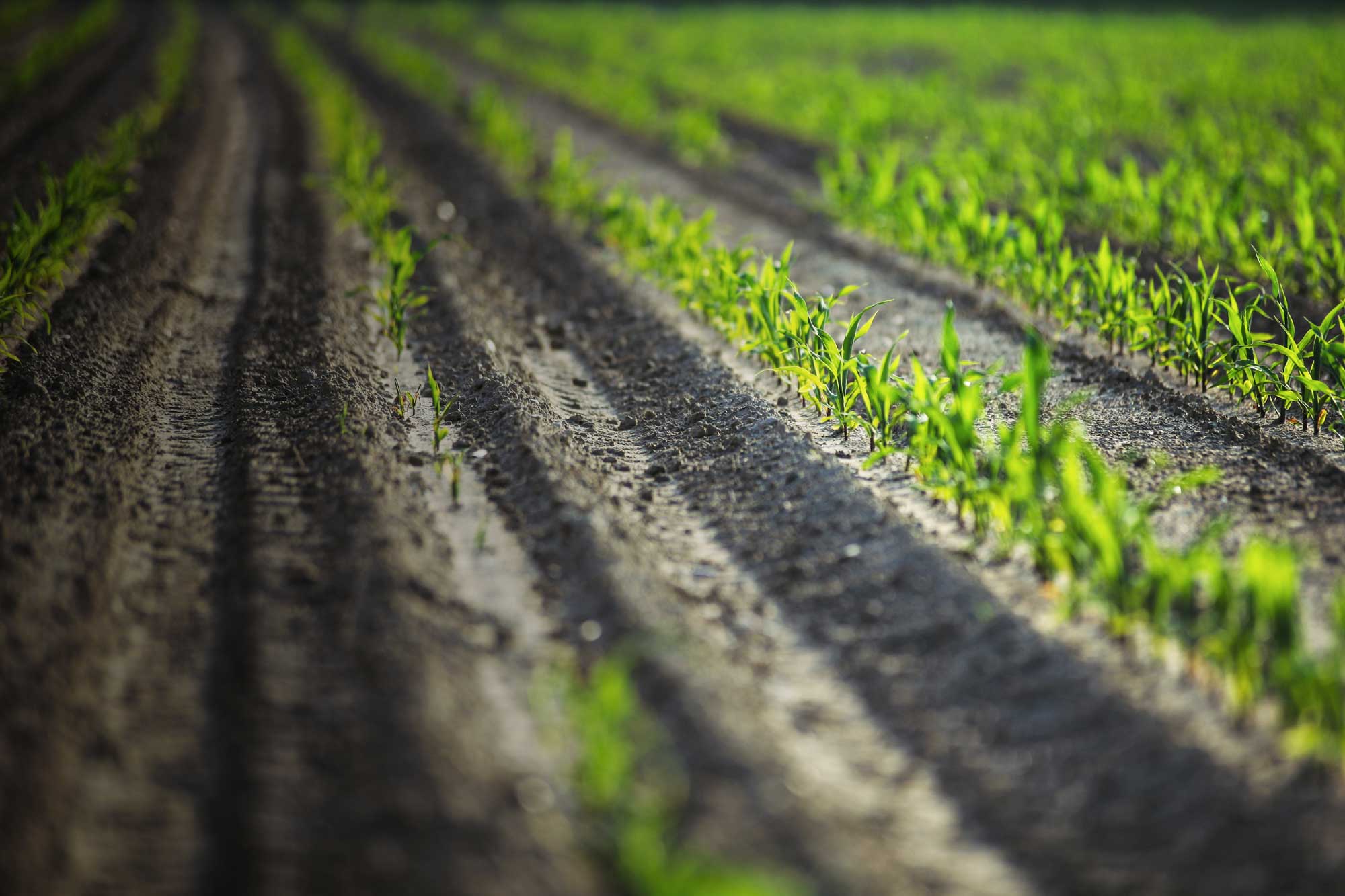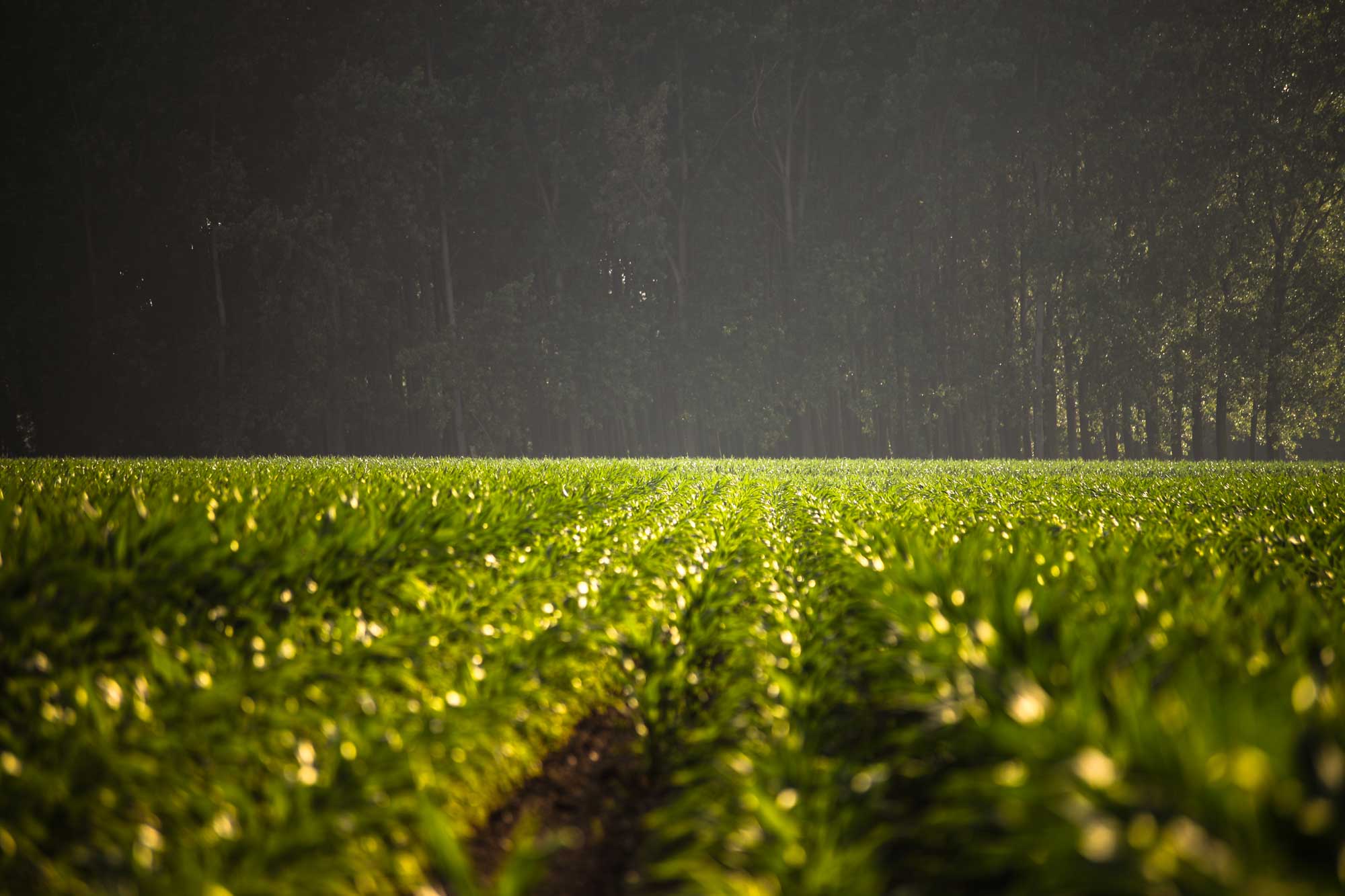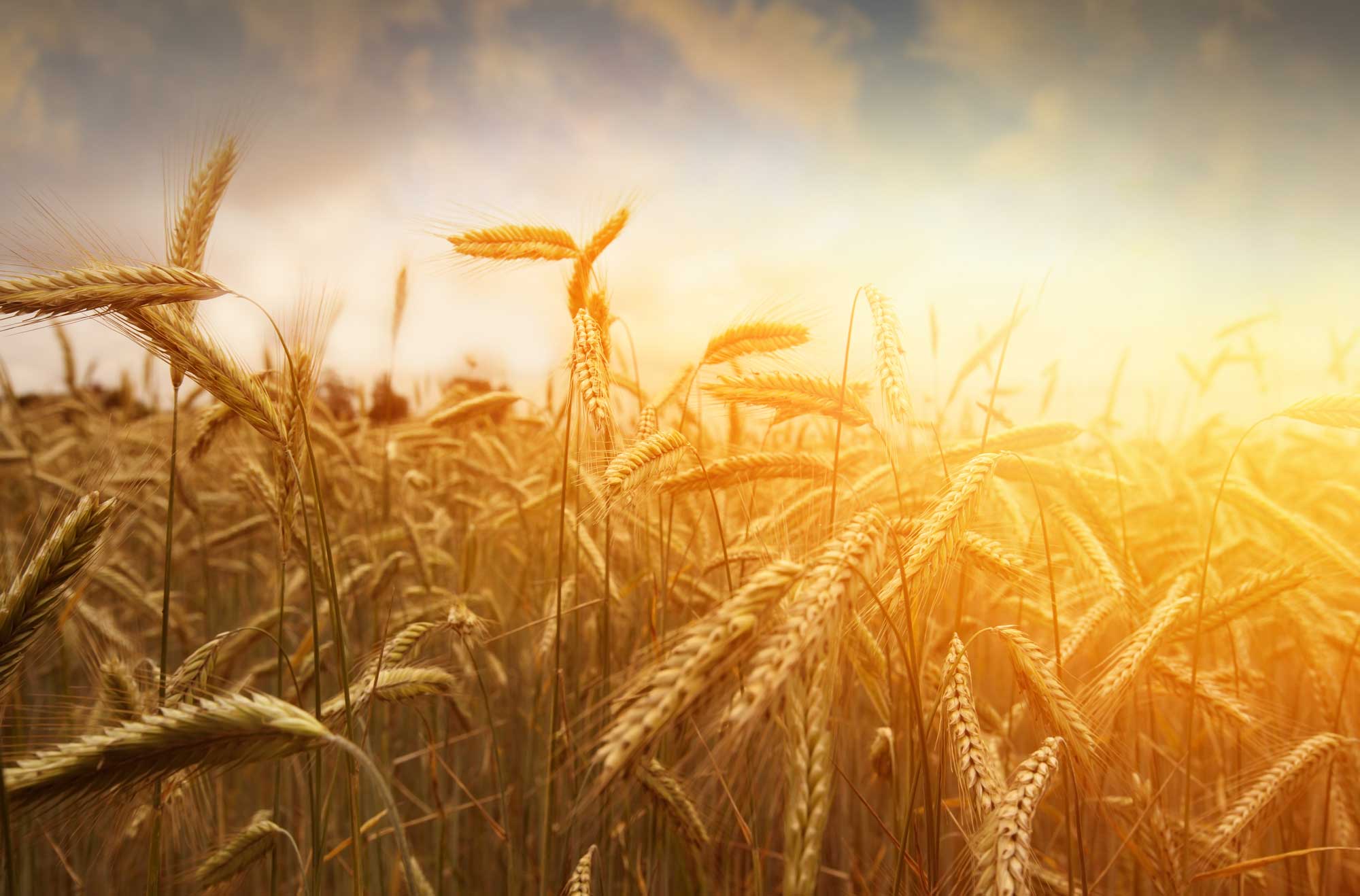FAQ
1.1 What are Biosolids ?
They are nutrient-rich organic materials resulting from the treatment of domestic sewage in a treatment facility. When treated and processed, these residuals can be recycled and applied as fertiliser to improve and maintain productive soils and stimulate plant growth.
1.2 What is the difference between Biosolids and sludge ?
Biosolids are treated sewage sludge. Biosolids are carefully treated and monitored and must be used in accordance with regulatory requirements.
1.3 Why do we have biosolids ?
The member states of the European Union conduct an active policy of wastewater treatment to protect the environment, especially water resources (aquifer and surface). So the more sewage and industrial water treated, the higher the production of sewage sludge and Biosolids.
1.4 How much bisolids are produced ?
On average, over the year, 15-20 kg of dry matter is produced per capita (representing 80 to100 kg of raw material). In 2012, the 65 000 WWTP in the European Union produced circa 11 millions tonnes ( dry matter) of Biosolids.
2.1 Why are Biosolids spread on agricultural soils?
The Biosolids are used on land for their fertilising properties. Indeed, they contain nitrogen and phosphorus which are nutrients necessary for the growth and development of crops. In addition, some Biosolids (eg composted or treated with lime …) can maintain or improve soil structure and biological activity, or reduce soil acidity. Thus, Biosolids are often referred to as soil conditioners.
2.2 What are the alternative outlets to Biosolids landspreading ?
The alternative outlets to Biosolids landspreading are incineration or landfill.
2.3 Can we use Biosolids for any crop production?
Yes. However in some countries, there are landspreading restrictions for fruit and vegetable crops. Biosolids are mainly spread on all corn crops, oilseed rape, sugar beet and maize . To avoid the risk of contamination by pathogenic microorganisms, Biosolids are not spread during the crop growing period.
2.4 Do the nutrients contained in Biosolids have the same effects as those of mineral fertiliser?
Biosolids contain nitrogen, phosphorus, sulphur, potassium and magnesium which significantly reduce the requirement for mineral fertilisers on farms. Reductions of between 20-30% have been recorded which is a significant economic benefit to the farmers. In addition, these nutrients are in an organic form and will be progressively available to the crops. This reduces the amount of leaching that is associated with mineral fertilisers.The soil also receives added benefit from the organic matter in Biosolids
2.5 How can one reduce the odors released during landspreading?
The main source of odour arises from the anaerobic fermentation of organic matter contained in Biosolids. These odours can be reduced through biological stabilisation, composting, thermal drying or chemical stabilisation (liming). Quick incorporation into the soil after Biosolids landpsreading can also significantly reduce odour.
3.1 How is Biosolids quality controlled?
The frequency of Biosolids monitoring are determined by regulation. Representative sampling is scheduled. The samples are sent to accredited laboratories who analyze the agronomic value of Biosolids and their compliance with the regulation limit values for potential toxic elements. Spot checks are also carried out by competent authorities.
3.2 Should we fear the presence of pathogenic microorganisms in Biosolids?
Some ‘treated’ Biosolids may not be pasteurized and may contain microorganisms such as viruses or bacteria. However, all regulations contain precautions to preserve human and animals health.
Pathogens in Biosolids are derived from human, animal, or our urban habitat. Once in soils, they are in a hostile environment for their development (cold, too dry or too wet) and they have to compete with soil micro-organisms. Therefore their life expetancy is limited to a few weeks.
Further treatment i.e. composting, liming, drying advanced digestion of Biosolids before application can produce a pasteurised material.
3.3 Are there any inerts (plastics rubble…) or hydrocarbons into the Biosolids ?
No. In the Waste Water Treatment Plants, screens are utilised which remove most foreign bodies before entering the treatment works.
Then, the water is subject to a treatment of grid removal and oil separation to remove the traces of hydrocarbons and greasy substances.
3.4 Are there any medicinal substances (hormones antibiotics..) into the Biosolids ?
Yes. For example, between 30 to 90% of antibiotics ingested by humans are excreted with urine (WEAO, 2001). However, the amounts contained in Biosolids are insignificant as only a small part of the population will take antibiotics, and only for a fraction of the year. Moreover, these substances are generally rapidly degraded in the environment.
3.5 Can soils and crops receiving Biosolids be contaminated by heavy metals?
Heavy metals are naturally present in soil and plants. Some of them such as copper or zinc play an important role in the metabolism of plants. Compliance with the regulations on landspreading eliminates the risk of soils and plants being contaminated.
3.6 Are we absolutely sure that the landspreading of Biosolids is safe?
There is no zero risk. This is the reason for the existence of regulations. Thus, when rules are applied, the risks are negligible. This is the conclusion of different risk assessment studies carried out by different independent bodies:US EPA (USA): A Guide to the Biosolids Risk Assessments for the EPA Part 503 Rule.
Norwegian Scientific Committee for Food Safety (VKM) -2009 : Risk assessment of contaminants in sewage sludge applied on Norwegian soils.
INERIS CNRS (France) – 2014 : Emerging pollutants in sewage and composted sewage sludge; characterisation and risk assessment.
State of Virginia (USA) -2007 : Health effects of biosolids applied to land : available scientific evidence.
Department of Civil Engineering and Architecture, University of Catania ( Italy) – 2014 : Risk assessment of the use of biosolids containing emerging organic contaminants in agriculture.
To ensure risk control, analytical monitoring is performed annually on Biosolids and soils.
4.1 Why do some countries prohibit the landspreading of Biosolids?
In the framework of European regulation, each Member State determines its policy on waste water treatment and waste recycling and disposal.
For some, there may be a real competition between Biosolids and livestock manure (such as the Netherlands and the Flemish region in Belgium) or a political stance like in Switzerland.
4.2. What is the position of the food industry regarding Biosolids landspreading?
Most of the food industries have no opposition to Biosolids landspreading. They acknowledge that this practice in a part of the Circular Economy and they don’t want to be considered as supporter of incineration. They are still some food industries or retailers banning the use of Biosolids for food crop production but their position is not environmentally sustainable nor societally acceptable.
4.3 Are farmers in favor of the use of Biosolids in agriculture?
Farmers are in favour of Biosolids lanspreading because the use of Biosolids to fertilise crops replaces the need for chemical fertilisers and represents a saving on inputs.
However, their acceptance is related to traceability guarantees.
ORIGIN BIOSOLIDS
1.1 What are Biosolids?
They are nutrient-rich organic materials resulting from the treatment of domestic sewage in a treatment facility. When treated and processed, these residuals can be recycled and applied as fertiliser to improve and maintain productive soils and stimulate plant growth.
1.2 What is the difference between Biosolids and sludge?
Biosolids are treated sewage sludge. Biosolids are carefully treated and monitored and must be used in accordance with regulatory requirements.
1.3 Why do we have biosolids ?
The member states of the European Union conduct an active policy of wastewater treatment to protect the environment, especially water resources (aquifer and surface). So the more sewage and industrial water treated, the higher the production of sewage sludge and Biosolids.
1.4 How much bisolids are produced?
On average, over the year, 15-20 kg of dry matter is produced per capita (representing 80 to100 kg of raw material). In 2012, the 65 000 WWTP in the European Union produced circa 11 millions tonnes ( dry matter) of Biosolids.
2.1 Why are Biosolids spread on agricultural soils?
The Biosolids are used on land for their fertilising properties. Indeed, they contain nitrogen and phosphorus that are nutrients necessary for the growth and development of crops. In addition, some Biosolids (eg composted or treated with lime …) can maintain or improve soil structure, its biological activity, or reduce its acidity.
2.2 What are the alternative outlets to Biosolids landspreading ?
The alternative outlets to Biosolids landspreading are incineration or landfill.
2.3 Can we use Biosolids for any crop production?
Yes. However in some countries, there are landspreading restrictions for fruit and vegetable crops. Biosolids are mainly spread on all corn crops, oilseed rape, sugar beet and maize . To avoid the risk of contamination by pathogenic microorganisms, Biosolids are not spread during the crop growing period.
2.4 Do the nutrients contained in Biosolids have the same effects as those of mineral fertiliser?
Biosolids contain nitrogen, phosphorus, sulphur, potassium and magnesium which significantly reduce the requirement for mineral fertilisers on farms. Reductions of between 20-30% have been recorded which is a significant economic benefit to the farmers. In addition, these nutrients are in an organic form and will be progressively available to the crops. This reduces the amount of leaching that is associated with mineral fertilisers.The soil also receives added benefit from the organic matter in Biosolids
2.5 How can one reduce the odors released during landspreading?
The main source of odour arises from the anaerobic fermentation of organic matter contained in Biosolids. These odours can be reduced through biological stabilisation, composting, thermal drying or chemical stabilisation (liming). Quick incorporation into the soil after Biosolids landpsreading can also significantly reduce odour.
3.1 How is Biosolids quality controlled?
The frequency of Biosolids monitoring are determined by regulation. Representative sampling is scheduled. The samples are sent to accredited laboratories who analyze the agronomic value of Biosolids and their compliance with the regulation limit values for potential toxic elements. Spot checks are also carried out by competent authorities.
3.2 Should we fear the presence of pathogenic microorganisms in Biosolids?
Some ‘treated’ Biosolids may not be pasteurized and may contain microorganisms such as viruses or bacteria. However, all regulations contain precautions to preserve human and animals health.
Pathogens in Biosolids are derived from human, animal, or our urban habitat. Once in soils, they are in a hostile environment for their development (cold, too dry or too wet) and they have to compete with soil micro-organisms. Therefore their life expetancy is limited to a few weeks.
Further treatment i.e. composting, liming, drying advanced digestion of Biosolids before application can produce a pasteurised material.
3.3 Are there any inerts (plastics rubble…) or hydrocarbons into the Biosolids ?
No. In the Waste Water Treatment Plants, there is a screening which removes most of the foreign bodies.
Then, the water is subject to a treatment of grid removal and oil separation to remove the traces of hydrocarbons and greasy substances.
3.4 Are there any medicinal substances (hormones antibiotics..) into the Biosolids ?
Yes. For example, between 30 to 90% of antibiotics ingested by humans are excreted with urine (WEAO, 2001). However, the amounts contained into Biosolids are very low because only a part of the population taking antibiotics during a part of the year. Moreover these substances are generally rapidly degraded in the environment.
3.5 Can soils and crops receiving Biosolids be contaminated by heavy metals?
Heavy metals are naturally present in soil and plants. Some of them such as copper or zinc play a useful role in the metabolism of plants. Compliance with the regulations on landspreading aims to eliminate the risk of soils and plants contamination.
3.6 Are we absolutely sure that the landspreading of Biosolids is safe?
There is no zero risk. This is the reason for the existence of regulations. Thus, when rules are applied, the risks are negligible. This is the conclusion of different risk assessment studies carried out by different independent bodies:
US EPA (USA): A Guide to the Biosolids Risk Assessments for the EPA Part 503 Rule .
Norwegian Scientific Committee for Food Safety (VKM) -2009 : Risk assessment of contaminants in sewage sludge applied on Norwegian soils .
INERIS CNRS (France) – 2014 : Emerging pollutants in sewage and composted sewage sludge; characterisation and risk assessment .
State of Virginia (USA) -2007 : Health effects of biosolids applied to land : available scientific evidence
Department of Civil Engineering and Architecture, University of Catania ( Italy) – 2014 : Risk assessment of the use of biosolids containing emerging organic contaminants in agriculture
To ensure risk control, analytical monitoring is performed annually on Biosolids and soils. .
4.1 Why do some countries prohibit the landspreading of Biosolids?
In the framework of European regulation, each Member State determines its policy on waste water treatment and waste recycling and disposal.
For some, there may be a real competition between Biosolids and livestock manure (such as the Netherlands and the Flemish region in Belgium) or a political stance like in Switzerland.
4.2. What is the position of the food industry regarding Biosolids landspreading?
Most of the food industries have no opposition to Biosolids landspreading. They acknowledge that this practice in a part of the Circular Economy and they don’t want to be considered as supporter of incineration. However, they are still some food industries or retailers banning the use of Biosolids for food crop production but their position is not environmentally sustainable nor societally acceptable.
4.3 Are farmers in favor of the use of Biosolids in agriculture?
Farmers are in favour of Biosolids lanspreading because the use of Biosolids to fertilise crops replaces the need for chemical fertilisers and represents a saving on inputs.
However, their acceptance is related to traceability guarantees.



